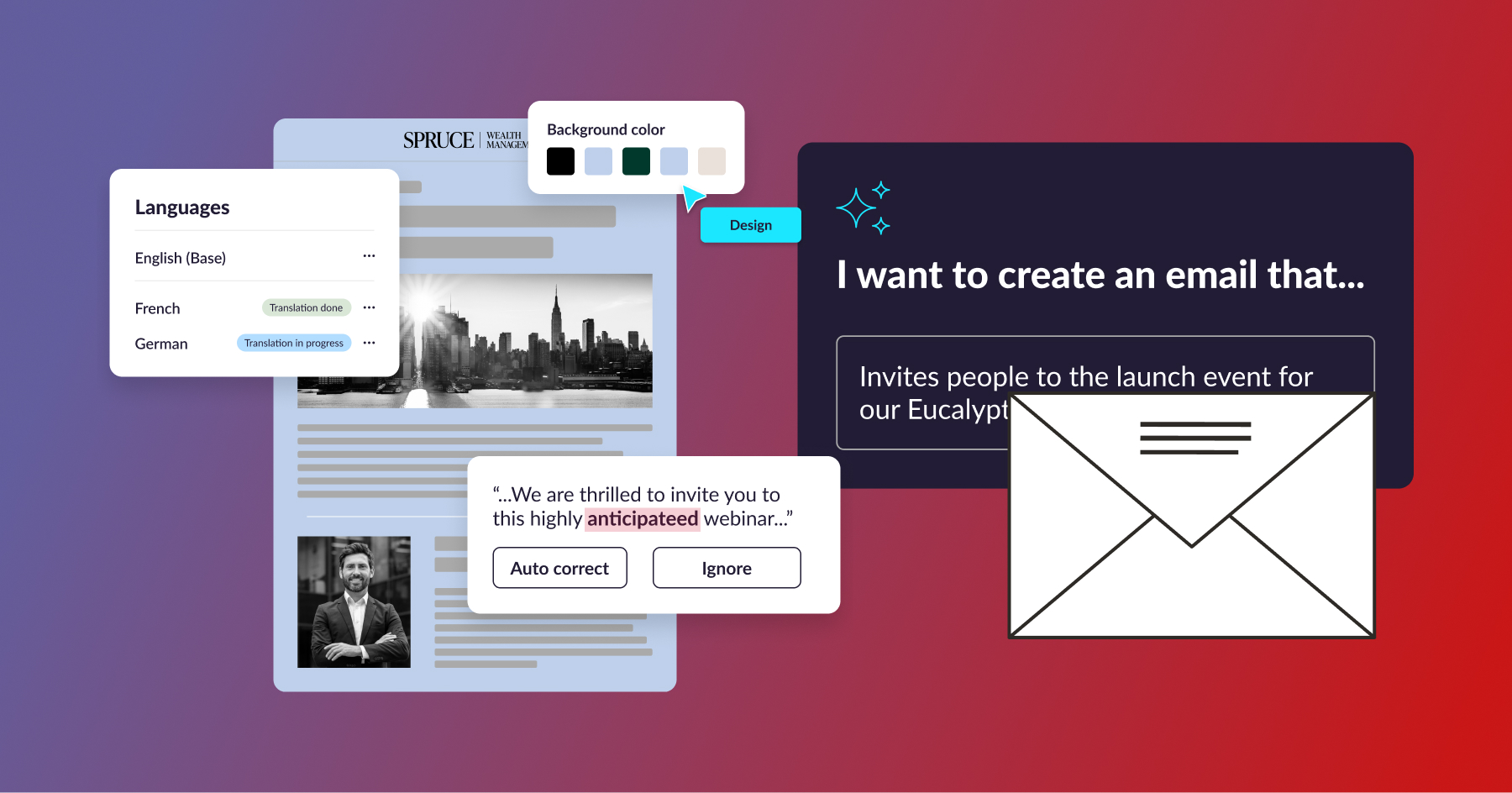You spent days (or maybe just a few hours if you use stensul, hint hint) creating the perfect marketing email, and then it doesn’t perform how you expected.
Maybe there was a drop in opens and clicks and sales is breathing down your neck. Perhaps the email never made it to its intended destination. Let’s take a look at your email deliverability.
First off, it’s important to note that deliverability has nothing to do with your bounce rate. That’s the number of emails that are sent to an invalid email address or non-existent domain, or returned due to a full mailbox or a downed server. However, even if an email doesn’t bounce and it’s successfully delivered, it could still be blocked by spam filters and sent to the spam folder.
Deliverability looks at the number of emails that avoid those spam filters and actually get delivered to your subscribers’ inboxes. Unfortunately, gateway servers won’t let you know if your emails are being sent to spam so it’s difficult to accurately measure your deliverability.
For an email marketer who is measured on conversions, this is a key concern. Below, we’ll cover these core issues and explore how to boost your deliverability.
Why is deliverability an issue?

In 2017, 77% of U.S. emails were getting through to inboxes, compared to 80% for the average global deliverability rate.
Of the emails that didn’t get through, 16% of U.S. emails were blocked by ISP gateway servers as spam and 8% were sent to subscribers’ junk folders.
So what causes this low deliverability rate?
One cause is a poor sender reputation. If your IP address and sending domain rack up frequent spam complaints, get placed on industry blacklists, or commonly mail a number of unknown users, then you’ll develop a negative sender reputation. Mailbox providers and ISPs track these factors and a number of other metrics to determine the trustworthiness of email senders. Once you develop a negative sender reputation, it’s more likely that your emails will be sent to spam, dramatically impacting your deliverability.
Another major cause of low deliverability is failing to properly identify and authenticate your emails. ISPs use a set of email authentication protocols, such as the Sender Policy Framework (SPF), Sender ID, DomainKeys Identified Mail (DKIM), and Domain Message Authentication Reporting & Conformance (DMARC), to accurately determine the email sender and protect consumers from spammers and scammers.
So what can you do to ensure you avoid these pitfalls and improve your deliverability?
How to boost your deliverability

First and foremost, use a dedicated IP address and private domain to ensure you control your sender reputation (and you don’t get lumped with another company’s sloppy seconds).
Then, warm up this IP address so ISP filters recognize it as trustworthy and authentic. Start by sending small batches of emails to engaged, active subscribers. This will build trust and a positive sender reputation with the ISPs as you scale back up to bulk email sends.
Once you’re back to high-volume email marketing, don’t forget to keep a clean email list. Remove email addresses that hard bounce, ensure the unsubscribe process is as easy as possible, and don’t buy lists!
Continually clean your list by removing subscribers who haven’t engaged with you in the past year and consider implementing double opt-in to ensure you’re only communicating with those who want to hear from you.
Another good recommendation is to establish a sender policy framework so the server can check your domain name against your IP address. This allows the server to confirm that your emails are legitimate and coming from who they say they’re coming from.
When sending an email, list your brand name or the full name of the sender in the from line and keep your subject line clear and concise.
Check out our blog, 10 Things to Check Before Deploying a Marketing Email, for an exhaustive list of the many things you should double check to ensure your email is both pitch perfect and doesn’t get blocked by a spam filter.
Contact us at hello@stensul.com if you have any follow-up questions or just want to chat everything email marketing.


